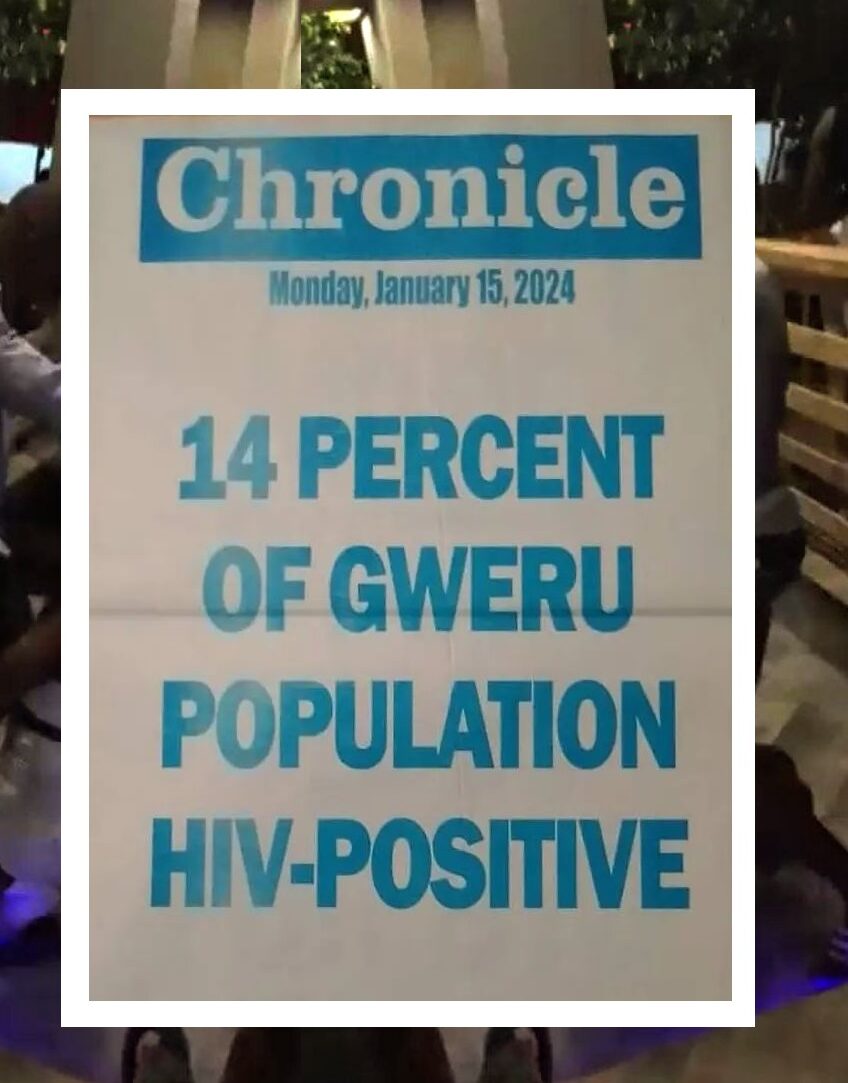Gweru | According to THE National Aids Council (Nac), at least 14% of Gweru’s population is HIV positive.
According to Mr. Petros Mazengwa, the Nac district’s Aids coordinator for Gweru Urban, the district is home to 283 004 individuals, of whom 161 292 are women and 121 712 men.
According to Mr. Mazengwa, in an interview, the predictions for HIV and Aids prevalence increased somewhat from 13.3% in 2022 to 14.4% in the previous year.
“To put it simply, it means that by implementing targeted interventions like key populations programming, we have been able to identify more people who are HIV positive,” he explained.
According to Mr. Mazengwa, the prevalence is not anticipated to decline much because of a robust ART programme that maintains people’s health as they age.
“Compared to the male population, the prevalence of HIV is greater among females. Given that there are more women than men in our community, this may also be a reflection of our demographics. Second, compared to males, women appear to seek health care more effectively,” he stated.
According to Mr. Mazengwa, the district’s increased preventative efforts and focused interventions have reduced the number of new HIV cases.
A lot of the work in preventing new infections was done by programmes like DREAMS, the Comprehensive Condom Programme, Peer-Led, and Key Populations programmes.
“By new incidences, we refer to new infections recorded in a particular geographical area in a given period. The district prevalence is currently at 14,4 percent according to the 2023 estimates report. Prevalence among the male population is 10,4 percent and among females is 14,4 percent,” said Mr Mazengwa
He said 2023 estimates also indicated HIV new incidences of 0,23 percent from 0,30 percent in the previous estimates report.
Zimbabwe has made significant strides towards ending HIV and Aids by 2030, with the prevalence rate now at 11 percent while the incidence rate is below two percent nationally. Globally in all countries, there has been a general decline in HIV infections and Zimbabwe has the largest decline of 57 percent in Southern Africa, while some countries have an increase in new infections.
Around 1,3 million Zimbabweans live with HIV and it varies by province. Harare and border towns such as Beitbridge and Plumtree have the highest prevalence.
Source | Chronicle
For feedback and comments, please contact ZiMetro News on WhatsApp: +27 82 836 5828.

For comments, Feedback and Opinions do get in touch with our editor on WhatsApp: +44 7949 297606.


